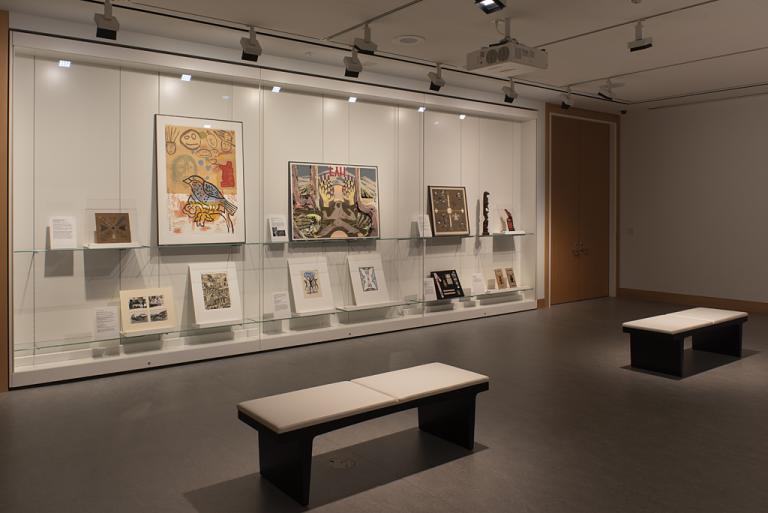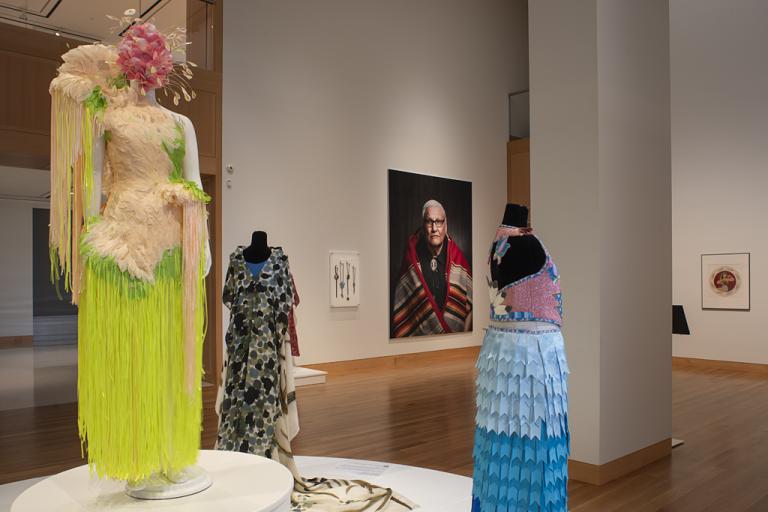students with their garden produce, Orville John Green
Artwork Overview
Orville John Green, artist
1872–1938
students with their garden produce,
1899–1904
Where object was made: Pine Ridge Indian Reservation, South Dakota, United States
Material/technique: gelatin silver print
Dimensions:
Object Height/Width (Height x Width): 12 x 17 cm
Object Height/Width (Height x Width): 4 3/4 x 6 11/16 in
Mat Dimensions (Height x Width): 16 x 20 in
Object Height/Width (Height x Width): 12 x 17 cm
Object Height/Width (Height x Width): 4 3/4 x 6 11/16 in
Mat Dimensions (Height x Width): 16 x 20 in
Credit line: Transfer from Central College, Orville John and Evaline Dryer Green Collection
Accession number: 2007.7559
Not on display
If you wish to reproduce this image, please submit an image request




